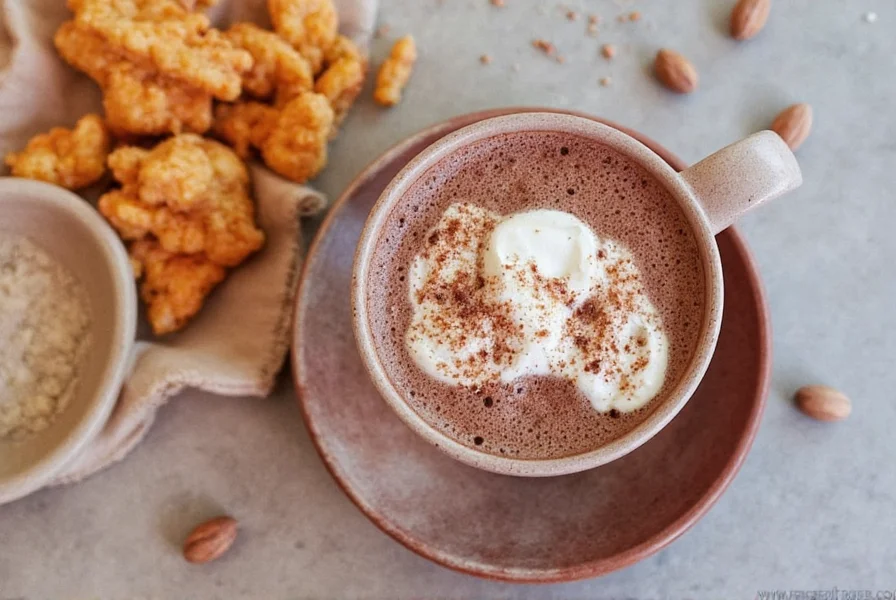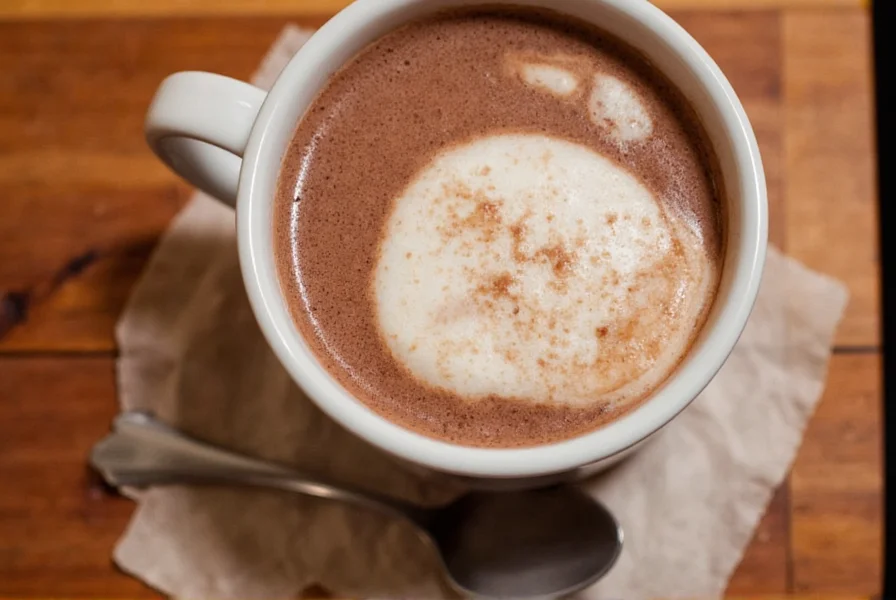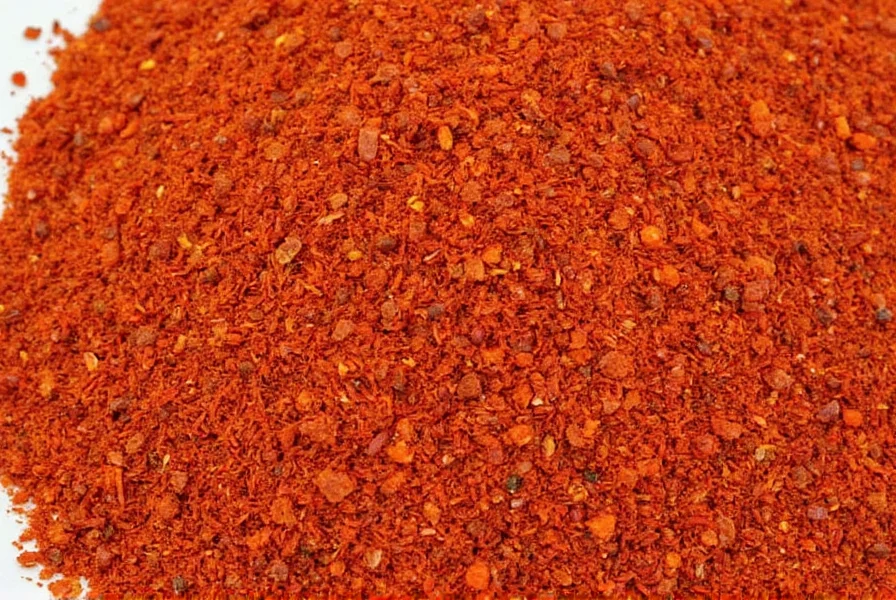Mayan Hot Chocolate: A Spicy Twist on a Timeless Classic
If you're a spice enthusiast or just love the rich, complex flavors of chocolate, then Mayan hot chocolate is a must-try. This ancient drink, rooted in the traditions of the Maya civilization, offers a unique blend of sweetness and heat that has captivated palates for centuries. In this article, we'll explore the history, flavor profile, and cultural significance of Mayan hot chocolate, along with some practical tips to help you make it at home.
Table of Contents
- The History of Mayan Hot Chocolate
- Flavor Profile and Spices Used
- How to Make Mayan Hot Chocolate at Home
- Buying Guide: What to Look For
- Conclusion
The History of Mayan Hot Chocolate
Mayan hot chocolate isn't just a drink—it's a piece of living history. The Maya people, who once thrived in what is now Mexico and Central America, were among the first to cultivate cacao. They believed it was a sacred gift from the gods, and they used it in rituals, medicine, and daily life.
The traditional Mayan version of hot chocolate was very different from the sweet, creamy drinks we know today. It was often spiced with chili peppers, cinnamon, and other aromatic spices, creating a bold, earthy flavor that was both invigorating and indulgent.

Over time, as cacao spread across the world, especially after the Spanish conquest, the recipe evolved. However, the core essence of Mayan hot chocolate—its spicy, complex character—remains a testament to its origins.
Flavor Profile and Spices Used
Mayan hot chocolate is known for its intense, layered flavor. It starts with the deep, bitter notes of cacao, which are balanced by the warmth of spices like cinnamon, cloves, and nutmeg. But the real star is the chili pepper, which adds a subtle heat that lingers on the tongue.
Here’s a quick breakdown of the typical spices used:
| Spice | Flavor Description |
|---|---|
| Cinnamon | Warm, sweet, and slightly woody |
| Clove | Strong, pungent, and slightly sweet |
| Nutmeg | Earthy, nutty, and slightly sweet |
| Chili Pepper | Heat, smokiness, and depth |
Some variations might also include vanilla, allspice, or even orange zest for a more vibrant twist. The key is balance—each spice should enhance the cacao without overpowering it.
How to Make Mayan Hot Chocolate at Home
While making Mayan hot chocolate at home is simple, it requires a bit of patience and the right ingredients. Here's a basic recipe to get you started:
Ingredients
- 1 cup milk (dairy or plant-based)
- 2 tablespoons unsweetened cocoa powder
- 1 teaspoon ground cinnamon
- 1/2 teaspoon ground clove
- 1/4 teaspoon ground nutmeg
- 1/2 teaspoon chili powder (adjust to taste)
- 1 tablespoon honey or maple syrup (optional)
Instructions
- Heat the milk in a small saucepan over medium heat until it's warm but not boiling.
- Add the cocoa powder, cinnamon, clove, nutmeg, and chili powder to the milk. Stir well to combine.
- Continue heating, stirring occasionally, until the mixture is smooth and heated through.
- If using honey or syrup, add it now and stir until fully dissolved.
- Pour into mugs and serve immediately.

For an authentic experience, try using raw cacao instead of regular cocoa powder. You can also experiment with different types of chili—like chipotle or ancho—for varying levels of heat.
Buying Guide: What to Look For
If you're looking to buy ingredients for Mayan hot chocolate, here are some tips to ensure you get the best quality:
Raw Cacao vs. Cocoa Powder
Raw cacao is less processed and retains more of its natural nutrients and flavor. It's ideal for those who want a more intense, authentic taste. Regular cocoa powder, while still good, is more refined and often sweeter.
Spices
Look for whole spices if possible, such as cinnamon sticks, whole cloves, and nutmeg. These tend to be more aromatic and last longer than pre-ground versions. If you're short on time, high-quality ground spices work too.
Chili Peppers
Choose a mild to medium chili, such as ancho or pasilla, for a more balanced heat. If you're feeling adventurous, try adding a pinch of cayenne or habanero for extra kick.

Optional Add-ins
- Vanilla extract: Adds a sweet, floral note.
- Orange zest: Brightens up the drink with a citrusy twist.
- Dark chocolate: Melt a square into the mix for a richer texture.
When purchasing, look for organic, ethically sourced products. Not only do they support sustainable farming, but they also offer better flavor and aroma.
Conclusion
Mayan hot chocolate is more than just a drink—it's a celebration of tradition, culture, and flavor. Whether you're sipping it on a cold winter night or trying it for the first time, its unique blend of spices and cacao makes it a truly unforgettable experience.
So next time you're craving something warm and comforting, consider giving Mayan hot chocolate a try. With the right ingredients and a little creativity, you can bring the ancient flavors of the Maya into your kitchen—and your heart.
This article highlights the rich heritage and delicious complexity of Mayan hot chocolate, making it a perfect addition to any spice lover’s repertoire.










 浙公网安备
33010002000092号
浙公网安备
33010002000092号 浙B2-20120091-4
浙B2-20120091-4